Seafood exports to the UAE have significant potential
| Profits of seafood exporters will recover at the end of the year |
| Seafood export: Has bottomed and is recovering |
 |
| Vietnamese seafood attracts many foreign visitors at international seafood exhibitions. Photo: T.H |
Substantial potential
According to Le Hang, Director of Communications at the Vietnam Association of Seafood Exporters and Producers, the UAE imports around 250 thousand tons of seafood per year, worth US$750 - 800 million. The top four leading suppliers are India, Thailand, Norway, and Vietnam. India dominates with a market share of 20%-24%, primarily in frozen shrimp, while Vietnam fluctuates from 6% to 9% with frozen pangasius as its main product.
Vietnam exports around 22-24 thousand tons of seafood to the UAE annually, with a value ranging from US$50-70 million, showing there is still considerable potential in this promising market. Specifically, in the case of frozen pangasius (HS0304), Vietnam ranks first due to its pangasius exports, accounting for 40%-50% of the market share in the UAE.
However, in the case of shrimp, Vietnam ranks fifth, competing with India and Ecuador. India holds nearly 60%-70% of the market share, while Ecuador has entered the market in recent years with a 15% share, and Vietnam holds only 5%-7%.
The most imported seafood products from Vietnam to the UAE are whiteleg shrimp and frozen Vannamei shrimp, processed/preserved tuna, yellowfin and Atlantic bluefin tuna, fresh/chilled Atlantic salmon and Danube salmon, and other frozen fish, including pangasius.
Aligned with global market trends and the overall context, in the first half of 2023, Vietnamese seafood exports to the UAE decreased by over 50%, reaching more than US$17 million. In this, exports of pangasius and Vannamei shrimp both dropped by over 50%, while whiteleg shrimp exports decreased by 73%.
The UAE is a net seafood importing country, and it imports about 90% of its consumed food.
With an increasing population, higher income, rapid urbanization, rising disposable income, and a preference for seafood protein among the youth, coupled with projected tourism growth, seafood consumption is expected to rise.
According to the Food and Agriculture Organization of the UN (FAO), the UAE consumes over 220,000 tons of seafood annually, with an average seafood consumption per capita of 28.6 kg per year, higher than the global average.
Positive signals from the UAE market
According to the analysis by Hang, the economic prospects of the UAE remain positive, with a projected GDP growth of 3.6% in 2023. Despite the geopolitical challenges that the global economy is currently facing, the UAE's economy is poised for strong growth, recovery, and prosperity in the latter half of this year. The economic achievements have led to the UAE being honored as a major global economy - an economy oriented towards innovation. These signals offer hope for exporting businesses currently facing difficulties in major markets such as the EU, the US, and China.
The UAE's progress in implementing comprehensive economic partnership agreements will enhance trade and integration into the global value chain, serving as significant drivers for economic growth. Currently, the UAE has signed free trade agreements (FTA) with many countries, including India, Malaysia, Singapore, and New Zealand. India seems to have effectively utilized the tariff advantages in this market to increase its market share in recent years.
Key imported seafood products into the UAE, including pangasius, tuna, and other marine fish, are subject to a 5% import tax. Businesses anticipated that countries would open up more to Vietnamese seafood exports in this market if Vietnam negotiated a 0% import tax rate for seafood into the UAE after signing the bilateral FTA with the UAE.
However, alongside the tariff issue, the most challenging aspect for Vietnamese seafood exporting businesses to the UAE is the requirements related to Halal certification by importers. If this matter is addressed by relevant authorities and businesses, Vietnamese seafood can not only conquer the UAE market but also tap into the potential Middle Eastern region.
Related News

Hai Phong Customs’ revenue rises about VND 1,000 billion
14:52 | 14/02/2025 Customs

Import and export turnover reaches about US$29 billion in the second half of January 2025
14:52 | 14/02/2025 Import-Export
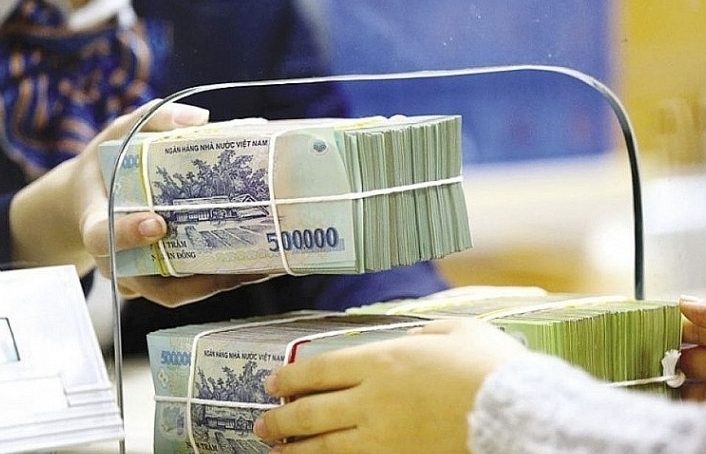
State revenue in first month of the year equal to 14% of the estimate
10:12 | 11/02/2025 Finance
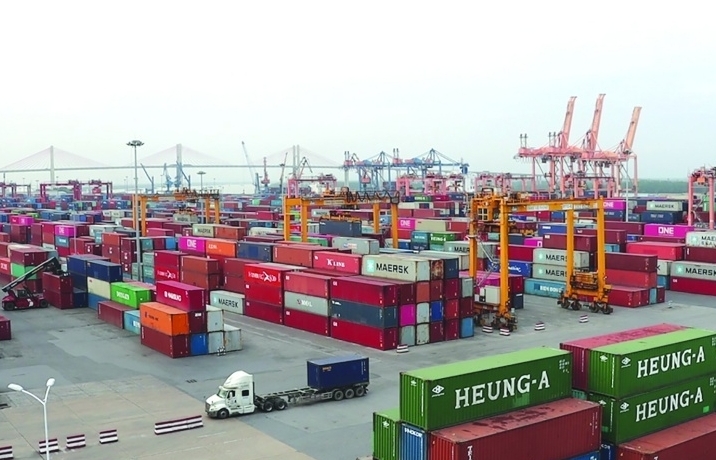
Hai Phong Customs processes more than 1,500 declarations during 2025 Lunar New Year holiday
14:09 | 05/02/2025 Customs
Latest News

Embracing green exports: a pathway to enter global supply chains
10:33 | 20/02/2025 Import-Export

New policy proposed to prevent transfer pricing, tax evasion of FDI enterprises
10:32 | 20/02/2025 Import-Export

Việt Nam’s durian exports to China plummet by 80%
16:18 | 19/02/2025 Import-Export
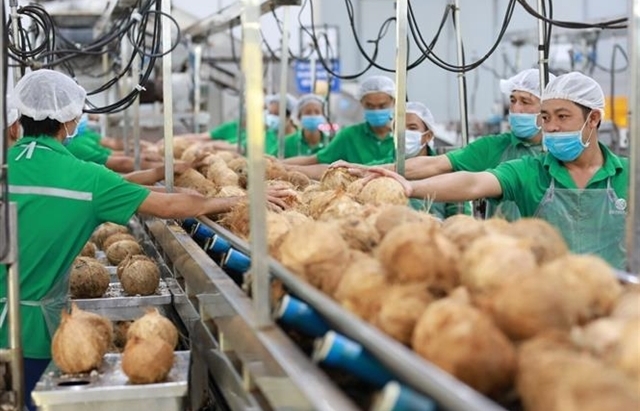
Coconut exports reach 14-year high
15:29 | 18/02/2025 Import-Export
More News

Shrimp exports grow in the first month of 2025
15:28 | 18/02/2025 Import-Export
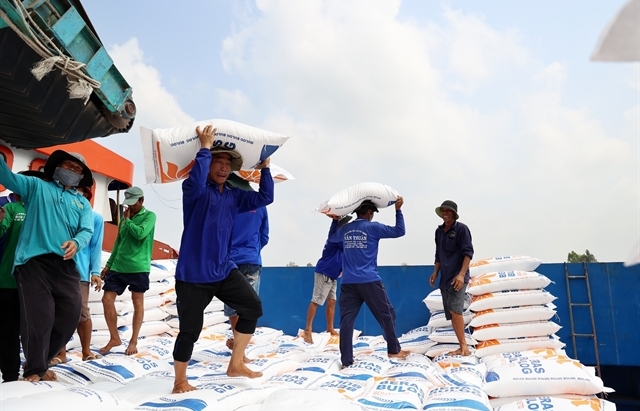
Rice export prices drop, but decline expected to be short-term
08:10 | 17/02/2025 Import-Export
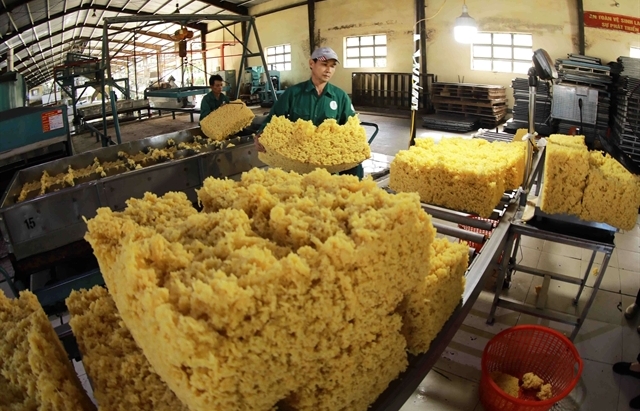
Key agro products expected to maintain export growth this year
08:08 | 17/02/2025 Import-Export
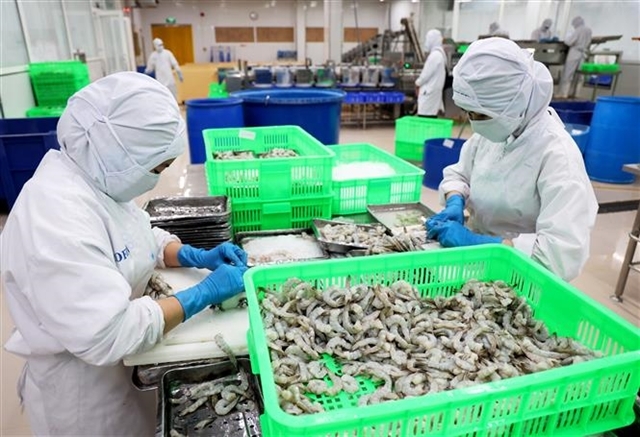
EU issues 12 warnings against Việt Nam’s food and agricultural exports
08:07 | 17/02/2025 Import-Export
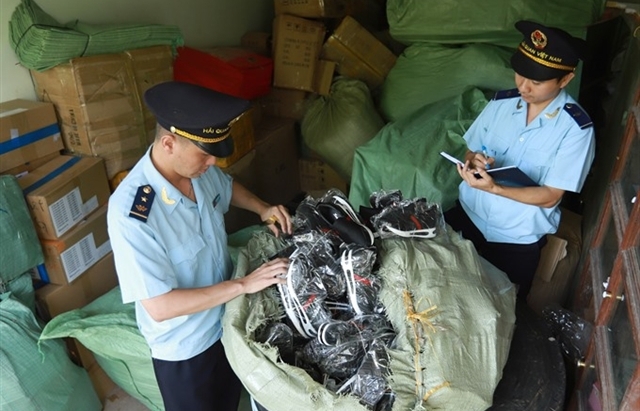
Việt Nam to impose VAT on low-value express-imported goods
08:06 | 17/02/2025 Import-Export

Exchange rate risks need attention in near future
16:31 | 15/02/2025 Import-Export
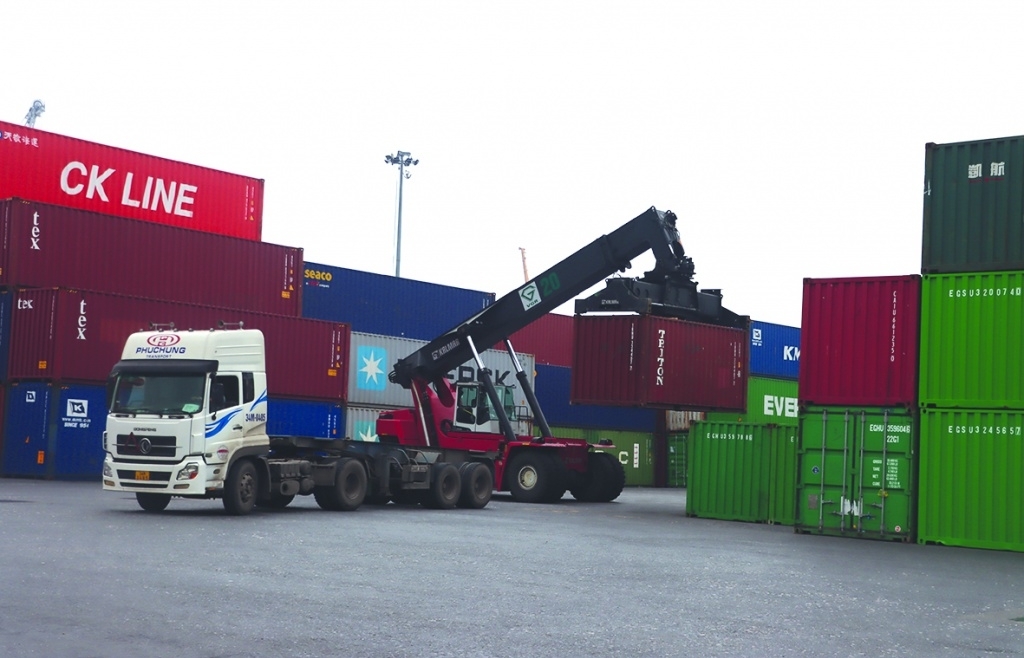
Vietnam kicked off the year with a strong start in trade, exceeding US$63 billion in the first month
16:30 | 15/02/2025 Import-Export

Market edges up slightly as liquidity remains low
14:48 | 14/02/2025 Import-Export

Business regulations must be trimmed for development of enterprises: Experts
14:46 | 14/02/2025 Import-Export
Your care

Embracing green exports: a pathway to enter global supply chains
10:33 | 20/02/2025 Import-Export

New policy proposed to prevent transfer pricing, tax evasion of FDI enterprises
10:32 | 20/02/2025 Import-Export

Việt Nam’s durian exports to China plummet by 80%
16:18 | 19/02/2025 Import-Export

Coconut exports reach 14-year high
15:29 | 18/02/2025 Import-Export

Shrimp exports grow in the first month of 2025
15:28 | 18/02/2025 Import-Export
